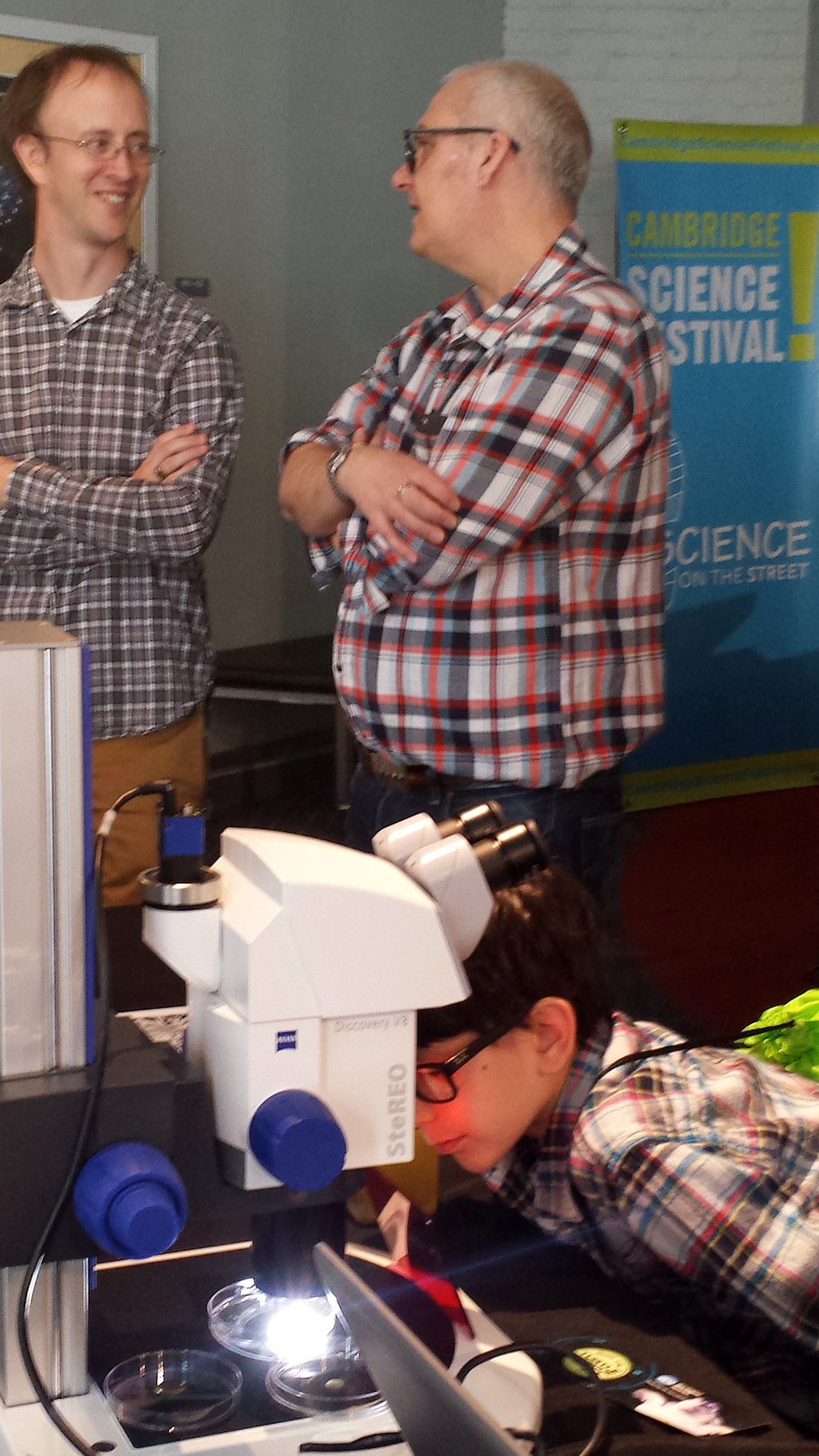Featured Stories
-
Featured Stories, MIT Sea Grant, News | April 25, 2018
MIT Sea Grant is accepting nomincations for the Dean Horn Award
MIT Sea Grant is now accepting nominations for the Dean Horn Award. The award recognizes an MIT undergraduate student for their excellence in design and execution of a marine related research project and for clear communication of results. -
Featured Stories, News, WHOI News | April 25, 2018
How Do Marine Mammals Avoid the Bends?
Study offers new hypothesis, highlights role that sonar plays in strandings -
Featured Stories, News, WHOI News | April 25, 2018
Sunlight Reduces Effectiveness of Dispersants Used in Oil Spills
Two new studies have shown that sunlight transforms oil on the ocean surface more significantly and quickly than previously thought. The phenomenon considerably limits the effectiveness of chemical dispersants, which are during oil spills to break up floating oil and reduce the amount of oil that reaches coastlines. -
Featured Stories, News, WHOI - Oceanus | April 25, 2018
Reassessing Guidelines for Oil Spill Cleanups
Sunlight plays key overlooked role in fate of oil in the ocean -
Featured Stories, News, WHOI - Oceanus | April 17, 2018
Mission to the Twilight Zone
The urgent quest to explore one of Earth's hidden frontiers -
Featured Stories, News, WHOI News | April 12, 2018
Mountain Erosion May Add Carbon Dioxide to Atmosphere
A new study led by researchers from the Woods Hole Oceanographic Institution (WHOI), however, has turned this idea on its head. In paper released on April 12th in the journal Science, the scientists announced that the erosion process can also be a source of new CO2 gas and can release it back into the atmosphere far faster than it’s being absorbed into newly exposed rock. -
Featured Stories, News, WHOI News | April 11, 2018
Atlantic Ocean Circulation at Weakest Point in 1,600 years
New research led by University College London (UCL) and Woods Hole Oceanographic Institution (WHOI) provides evidence that a key cog in the global ocean circulation system hasn’t been running at peak strength since the mid-1800s and is currently at its weakest point in the past 1,600 years. If the system continues to weaken, it could disrupt weather patterns from the United States and Europe to the African Sahel, and cause more rapid increase in sea level on the U.S. East Coast. -
Featured Stories, News, WHOI News | April 11, 2018
WHOI Among First Funding Recipients of The Audacious Project
$35M grant enables study of the ocean's mysterious twilight zone -
Featured Stories, MIT Sea Grant, News | April 9, 2018
2018 Spring Newsletter
Catch up on the latest from MIT Sea Grant -
Featured Stories, MIT, MIT EAPS, News | April 9, 2018
Microbial Competition for Nitrogen
New framework shows how ecological interactions among microorganisms account for nitrite accumulation just below the sunlit zone, with implications for oceanic carbon and nitrogen cycling. -
Featured Stories, News, WHOI News | April 5, 2018
Penguins Go Through the Flow
Colonies of breeding king penguins behave much like particles in liquids do, according to a new study by the Woods Hole Oceanographic Institution (WHOI) and international colleagues. This "liquid" organization and structure enables breeding colonies to protect themselves against predators while also keeping members together. -
Featured Stories, MIT, MIT EAPS, News | April 2, 2018
Perks and Challenges of International Fieldwork
A glider deployment in the Seychelles. -
Featured Stories, MIT, MIT EAPS, News | March 24, 2018
Celebrating the Science of Jule Charney and Ed Lorenz
MIT professors Jule Charney and Ed Lorenz profoundly shaped the field of meteorology during their lifetimes. Charney laid the groundwork for numerical weather prediction and saw it transform nearly every aspect of the field, while Lorenz changed our conception of weather from deterministic phenomena to chaos. -
Featured Stories, MIT, MIT EAPS, News | March 23, 2018
This is What a Scientist Looks Like
Researchers from MIT EAPS celebrate women in science at MIT Museum’s Girls Day. -
Featured Stories, MIT News, News | March 21, 2018
Soft robotic fish swims alongside real ones in coral reefs
Made of silicone rubber, CSAIL’s “SoFi” could enable a closer study of aquatic life. -
Featured Stories, News, WHOI - Oceanus | March 21, 2018
How Is the Seafloor Made?
Scientists use sound waves to probe the fabric of tectonic plates -
Featured Stories, MIT EAPS, News | March 18, 2018
EAPS in Brief: Marine Biochemist Andrew Babbin
Meet Andrew Babbin, a marine biogeochemist working on the nitrogen cycle, especially on the processes that return fixed nitrogen in the ocean back to nitrogen gas. -
Featured Stories, News, WHOI - Oceanus | March 16, 2018
Unearthing Long-Gone Hurricanes
MIT/WHOI Joint Program in Oceanography graduate student Lizzie Wallace hunts for buried scientific treasure. -
Featured Stories, MIT, MIT EAPS, News | March 14, 2018
3Q: Uncovering the Nitrogen Cycle in Coral Reefs
Marine scientist Andrew Babbin’s group scuba dives in Cuban waters for a closer look at the biogeochemistry in pristine corals. -
Featured Stories, MIT, MIT EAPS, News | March 14, 2018
EAPS in Brief: Marine Biochemist Andrew Babbin
Meet MIT EAPS assistant professor Andrew Babbin. He's a marine biogeochemist, working on the nitrogen cycle, and especially on the processes that return fixed nitrogen in the ocean back to nitrogen gas. This work is relevant, for instance for understanding the controls on marine productivity and the ocean’s potential for storing carbon.






